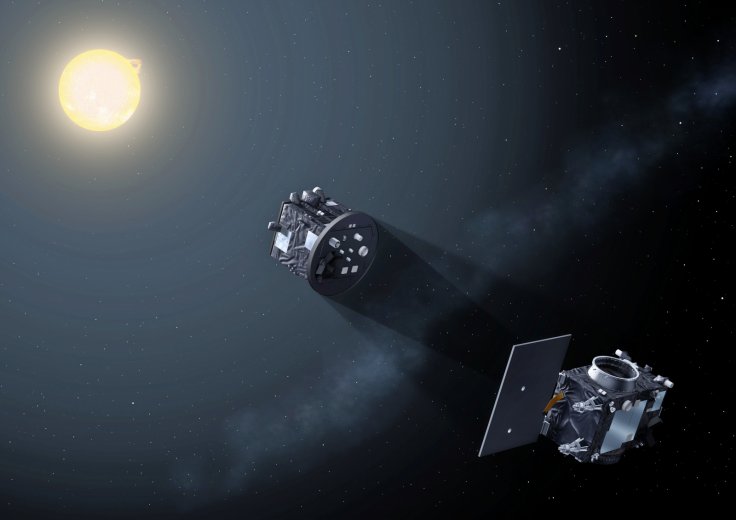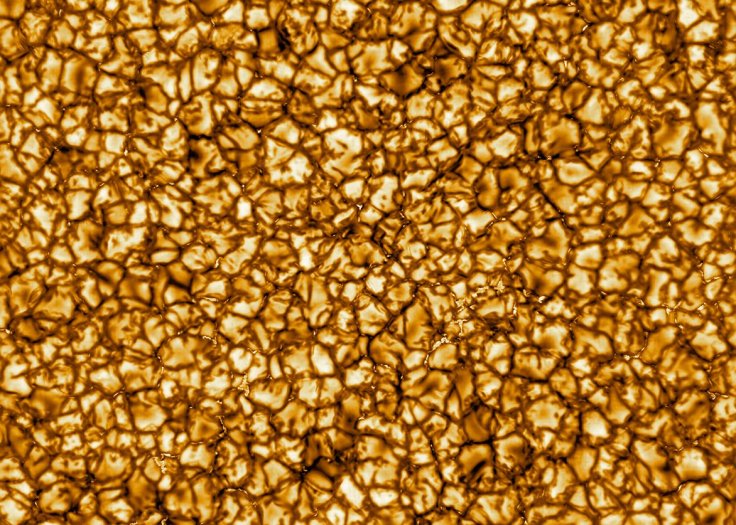After launching the Solar Orbiter, the European Space Agency (ESA) will deploy another mission that will observe the Sun. But, unlike other solar missions, the ESA's upcoming project will involve creating an artificial eclipse. Known as Proba-3, the ESA's missions involves the launch of two satellites that will fly in formation. The agency is targeting to launch the new mission sometime in mid-2022.
Casting An Artificial Eclipse

Once the satellites have been deployed in Earth orbit, the two will position themselves at less than 150 meters apart. The two satellites must maintain this formation for a certain period of time during the duration of the observation process. The Proba-3 satellites will then line up in between the Earth and the Sun to cast an artificial solar eclipse for about six hours.
According to the ESA, blocking out the solar disc would allow the agency's scientist to get a clear and sustained view of the Sun. According to the system's engineer Damien Galano, the mission requires a high level of accuracy. "To achieve this, the satellite pair must achieve an unprecedented precision of flight control," he said in a statement. "They must align along an average distance of 144 m apart, maintained to an accuracy of a few millimetres."
Closer Look At The Sun's Corona

The main objective of the mission is to study the Sun's atmosphere, which is known as the corona. Extending millions of kilometres from the massive star's surface, the corona is the main source of solar events that threaten Earth. Some of these solar threats include solar winds and coronal mass ejections, which are known to disrupt electricity, satellite communication and GPS navigation. As explained by the ESA, creating an artificial solar eclipse would allow scientists a rare opportunity to directly study the corona.
Doing so would provide valuable information regarding the nature of solar magnetic eruptions and how they evolve as they leave the surface of the Sun. "Up until now, the best way to see the corona is briefly during a solar eclipse on Earth, or else using a 'coronagraph' instrument incorporating one or more blocking—or 'occulting' – discs to blot out the Sun's disc," Andrei Zhukov, a principal investigator for Proba-3 explained.









